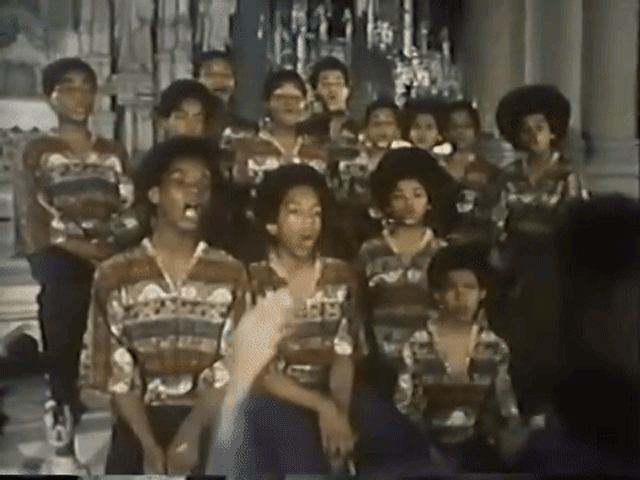Kory Grow | Rolling Stone
When Paul Stanley thinks about Destroyer, Kiss‘ high-concept fourth album, turning 40, the only word he can summon at first is “unbelievable.” “It’s stunning,” the singer-guitarist tells Rolling Stone. And then he regains his humor. “To think that it was 40 years ago is absolutely mindboggling. Because I’m only 40 now.”
“It seems like yesterday,” drummer Peter Criss says. “I do believe, personally, that album was Kiss’s ‘Stairway to Heaven.’ Let me overstep my bounds [laughs]. But I do believe it was our ‘wow’ album.”
The group recorded the LP in a couple of sessions with producer Bob Ezrin, whose prior credits at that time included smash records by Alice Cooper, Lou Reed and Aerosmith. “We had done three albums, all that sold far less than what we expected,” Stanley says. “Then our manager, Bill Aucoin, gave us the idea of creating a sonic souvenir, almost like something you would bring home from the circus, a memento that captured what you had experienced. That became [1975’s] Alive! Finally, we’d had a hit. Bill said, ‘You could easily go back to where you were if we don’t come up with something that really ups the ante.’ He suggested we work with Bob Ezrin.”
The producer pushed the group to new heights, and helped them craft their commercial breakthrough. Although Alive! was the group’s first gold record, Destroyer was its first to sell a million copies in less than a year. It’s since been certified double-platinum.
To celebrate the legacy of the record, Rolling Stone spoke with Kiss’ four original members, as well as Ezrin and cover illustrator Ken Kelly.
“It’s a cinematic album,” Stanley says. “It’s an album that takes what was the norm and turns it into IMAX. The screen suddenly widened and what we were doing had such atmosphere.”

Paul Stanley (vocals, guitar): I had met Bob, funny enough, in a stairwell in Toronto when we were doing a TV appearance.
Bob Ezrin (producer): It was at CITY-TV in Toronto. They were in full regalia with their seven-inch heels and their huge costumes. It was, like, a walking Mount Rushmore coming down the stairway at you. Paul was very charming and very pleasant. I just said to him, “Are you happy with your records?” And he said, “Yeah, why?” And I said, “Well, you know, if at any point you decide you’re not, I would love to work with you guys.”
Stanley: I was fairly cocky then, although quite honestly, I never liked the sound of our original albums, and to this day it mystifies me how the engineers and people we were working with couldn’t capture the live sound.
Ezrin: I don’t remember how much longer it was, maybe a year later, I got a phone call and was asked to go see the band play live in Ann Arbor, Michigan. They were playing to 9,000 or 10,000 pimply 15-year-old boys, who never sat down for the whole show. It was unbelievably energetic, exciting, theatrical, powerful and just fantastic. It was pure, balls-out, testosterone rock. What was missing for me was the broader audience. So after I told them I’d do the album, the underlying mission behind the record became that we were going to try and reach out to women, as well as young men, and we were going to try to expand past just heavy rock and into the world of pop.
Gene Simmons (vocals, bass): Destroyer was ultimately a major leap forward for us because of Bob Ezrin. We were basically a garage band. We were just knuckleheads, guys who turn it up to 11 just because we can. We didn’t know anything. We could barely tune our guitars. Before Destroyer, we just did what we did: We played, we wrote songs up to the level of our musicianship, and that was about it.
Ezrin: With our mission in place, we picked certain kinds of songs to do. We did a lot of the writing in New York City at Paul’s place, Gene’s place and my place. Continue reading



